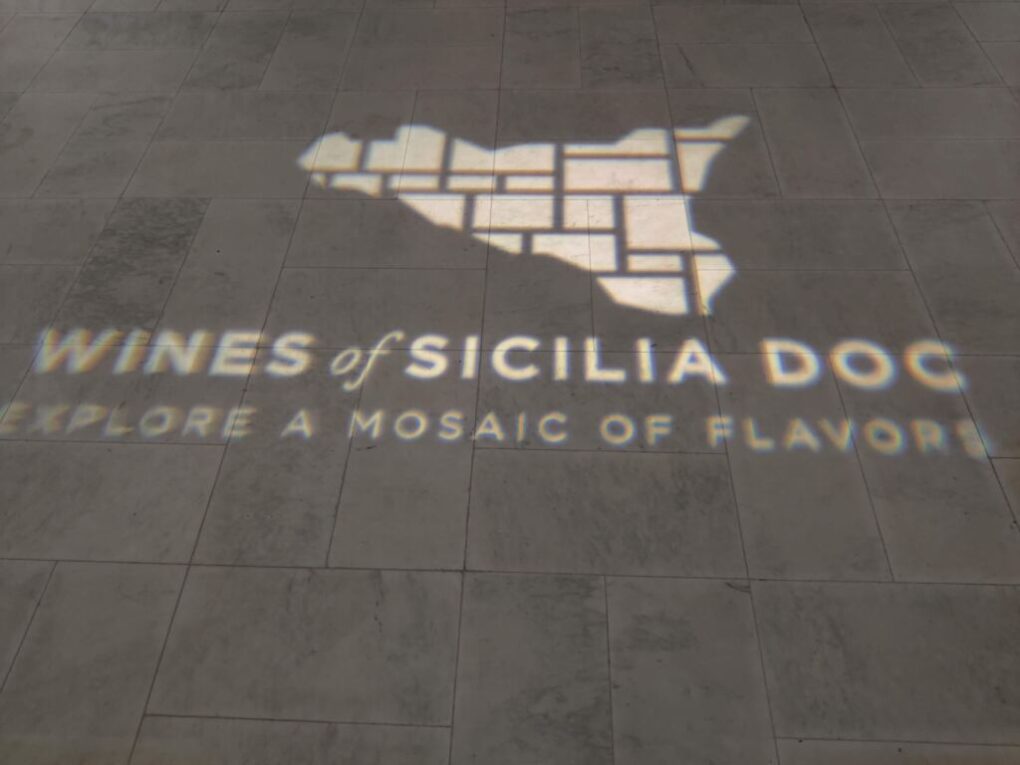
You can’t go any further south in Italy than Sicily. It’s the largest of Italy’s 20 regions, and the biggest island in the Mediterranean. Sicily’s been a part of Italy since 1861, but it’s officially an autonomous area with a unique landscape, history, culture, and people. In fact, Sicily derives its name from the Sicanians and the Sicels, two tribes that originally occupied the island. Sicily’s Mediterranean climate, characterized by hot summers and mild winters, and microclimates existing across a varied terrain marked by coast, plains, hills, and a volcano have helped to create a terroir that is perfect for winemaking.
One of the most influential topographical features shaping the terroir is Europe’s highest active volcano, Mount Etna. It dominates the landscape in the city of Catania in eastern Sicily. Its volcanic activity has shaped the region’s soil, creating a unique terroir that is ideal for viticulture. The combination of mineral-rich volcanic ash, diverse microclimates due to varying altitudes, and abundant sunlight provides an unparalleled environment for cultivating a wealth of grapes. Combine these natural attributes with centuries-old winemaking traditions blended with modern production techniques, and what you get is an array of complex and distinctive Sicilian wines. Carricante, Catarratto, Zibibbo, and Grillo are four white grapes that thrive on this island’s diverse landscape.

These grapes produce wines encompassing a range of flavor profiles depending on the type of soil in which they are grown. Those from vineyards along the coast tend to be crisp, zesty, and saline and marine-element dominant, while those from the volcanic ash-rich soil of Mount Etna are usually elegant and complex, and mineral-driven. Altitude and climate also contribute to the level of freshness and balance of these wines.
Carricante is an indigenous Sicilian white varietal grown primarily on the northern, southern, and eastern slopes of Mount Etna, an area defined as the Etna DOC (Denominazione di Origine Controllata). Carricante wines are typically crisp and lively, with a refreshing acidity and minerality, and a white flower, citrus, and green apple flavor profile. Carricante can be a single-varietal or a blend. Wines made within the Etna DOC containing a minimum 60% Carricante, and a maximum 40% Catarratto, are known as “Etna Bianco,” while those with 80% to 100% Carricante sourced from the eastern slopes of Mount Etna, around the village of Milo, are known as “Etna Bianco Superiore.
Catarratto is one of Sicily’s most widely planted autochthonous white grapes. This versatile and juicy varietal is known for its high yields, and adaptability to different terroirs, resulting in a wide range of wine styles. Catarratto wines are typically light or medium-bodied, with a soft acidity and a citrus, orchard fruit, dried herb, and sliced almond flavor profile. They can be crisp and refreshing, or more complex and structured, depending on the terroir and the winemaking approach.
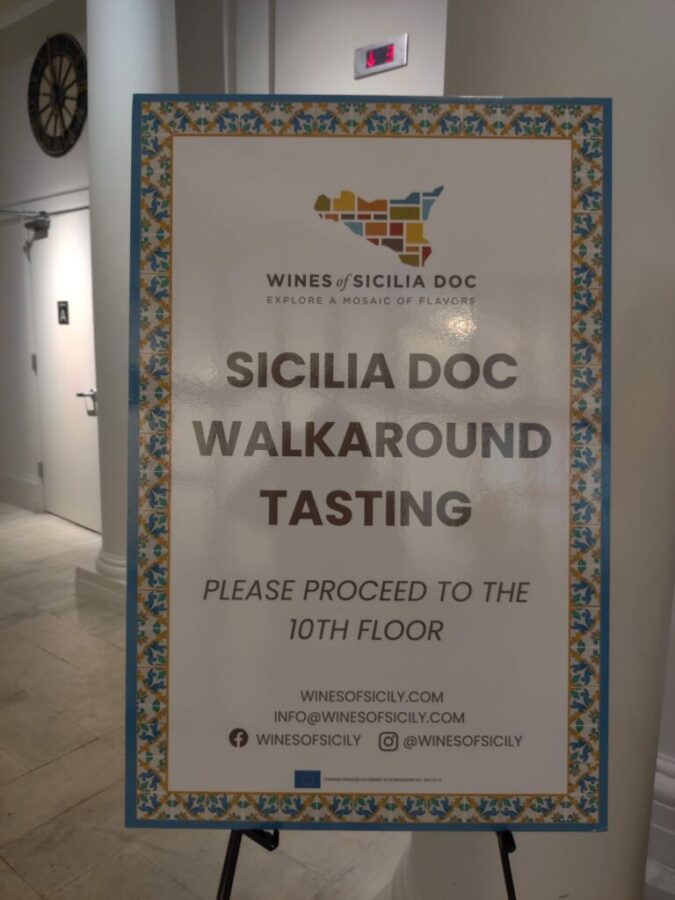
The highly aromatic Zibibbo, also known as Muscat of Alexandria, is arguably one of the world’s oldest white varietals. It was brought to Sicily thousands of years ago by the Greeks and Phoenicians and is used to produce both dry and sweet wines. Dry Zibibbo wines are typically fresh, floral, and fruit-driven, with an orange blossom, jasmine, ripe orchard fruit, and honey flavor profile. Sweet Zibibbo wines are produced using the passito method where the grapes are hung or placed on mats to dry, then pressed, before being fermented in wood barrels. Sweet Zibibbo wines typically have a concentrated apricot, candied citrus peel, and honey flavor profile. Zibibbo wines are classified as Sicilia DOC, Erice DOC, and Pantelleria DOC.
Grillo is also used to make both single-varietal and blended wines. This semi-aromatic hybrid of Zibibbo and Catarratto thrives in Sicily’s hot and dry climate. It was traditionally used to produce the fortified dry, semi-sweet, and sweet Marsala wine found predominantly in the province of Trapani. But it can also be an unfortified wine. Grillo wines are typically aromatic, with a balanced acidity and minerality, and a citrus, melon, and grass flavor profile.
Coangelo & Partners organized a Sicilian wine event at GH on the Park in New York City featuring 17 producers from Sicily. Grillo was the most well-represented of the four white varietals. Here is a list of wineries featuring some really impressive Catarratto, Zibibbo, and Grillo wines:
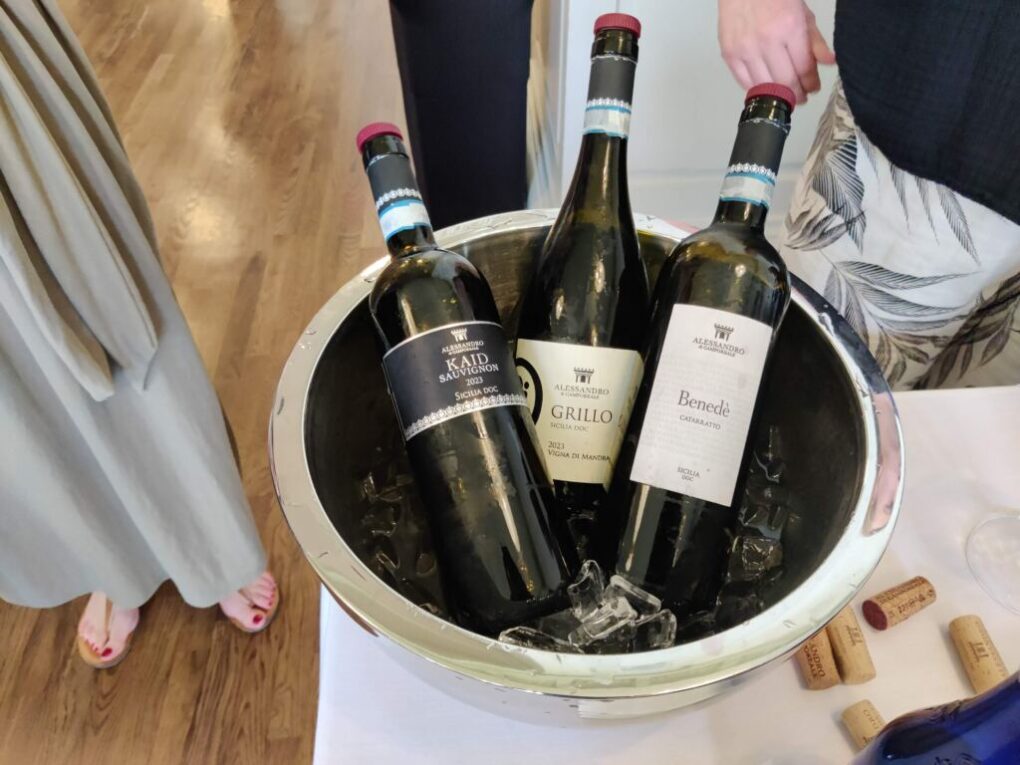
Alessandro di Camporeale winery
Grillo, Vigna di Mandranova, 2023
Catarratto, Benede, 2023

Di Giovanna winery
Grillo 830m (asl), Helios, 2022
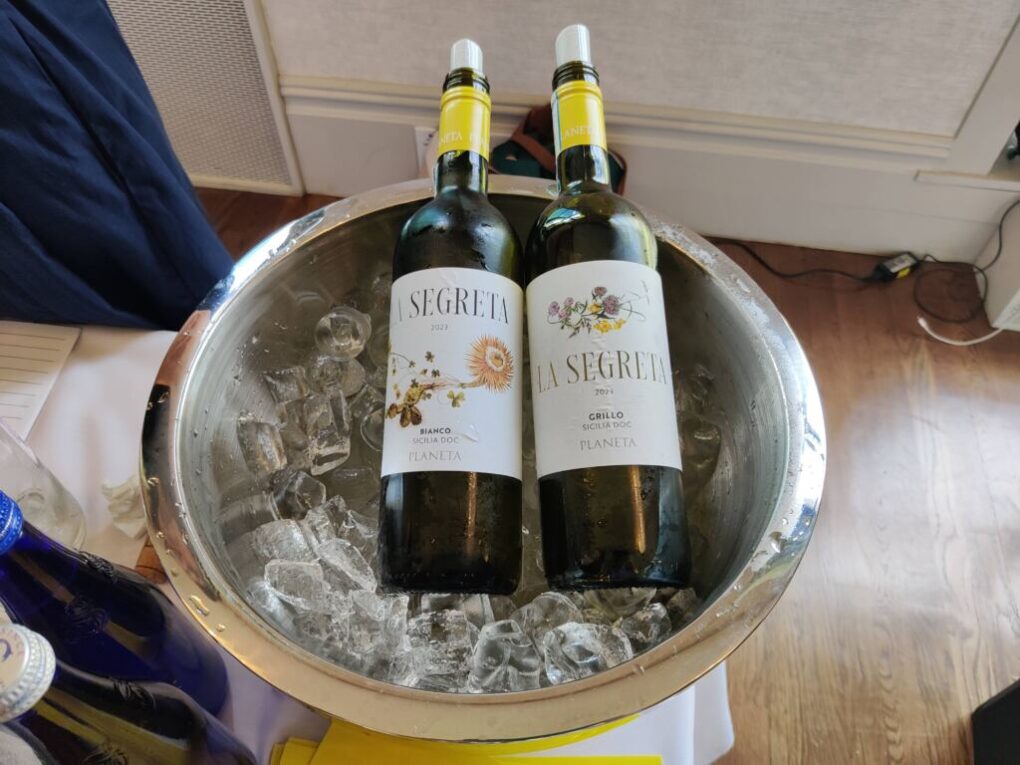
Planeta winery
Grillo, La Segreta, 2023
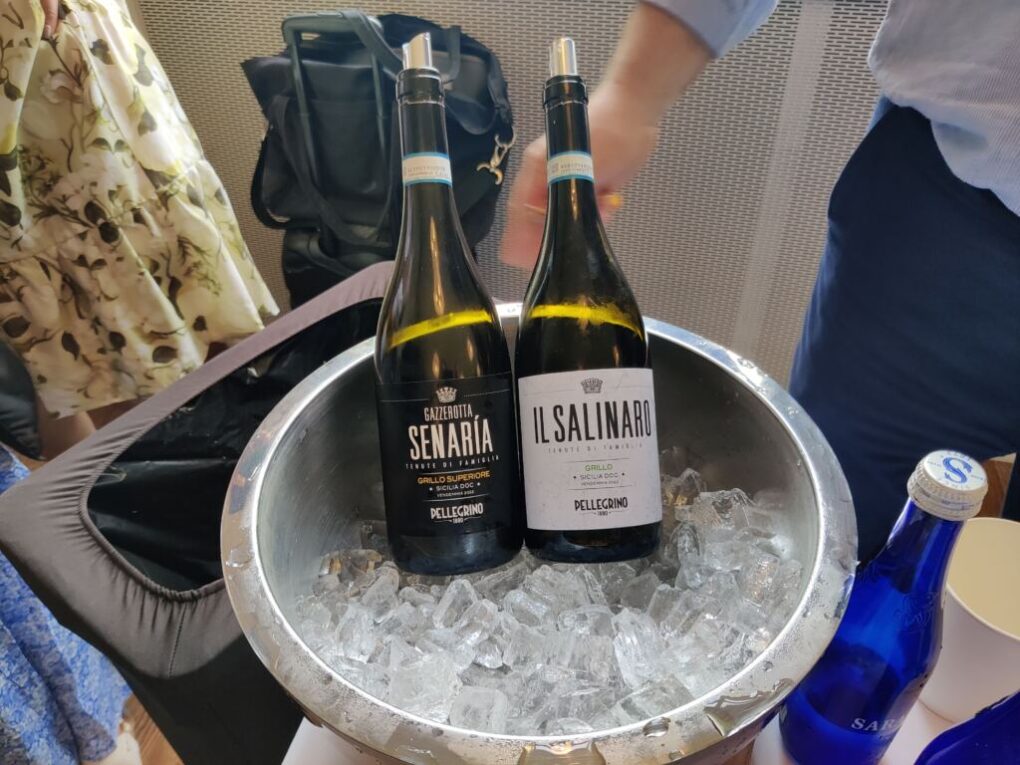
Pellegrino 1880 winery
Grillo, Il Salinaro, 2023
Grillo, Senaria, 2022
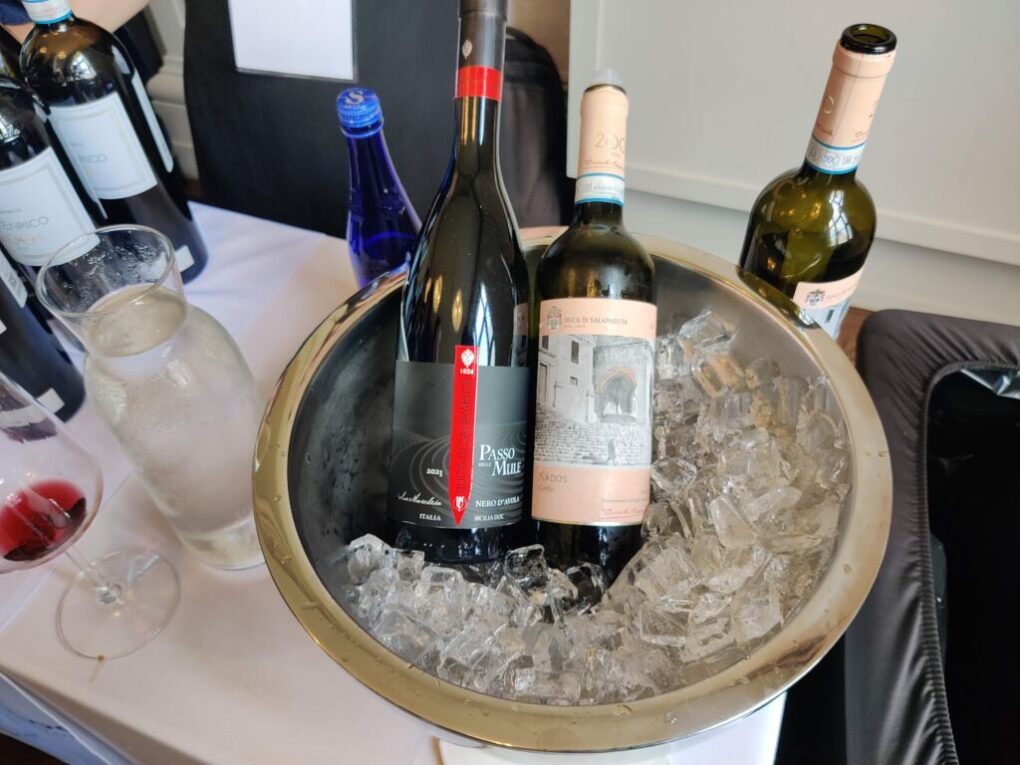
Duca di Salaparuta winery
Grillo, Kados, 2023
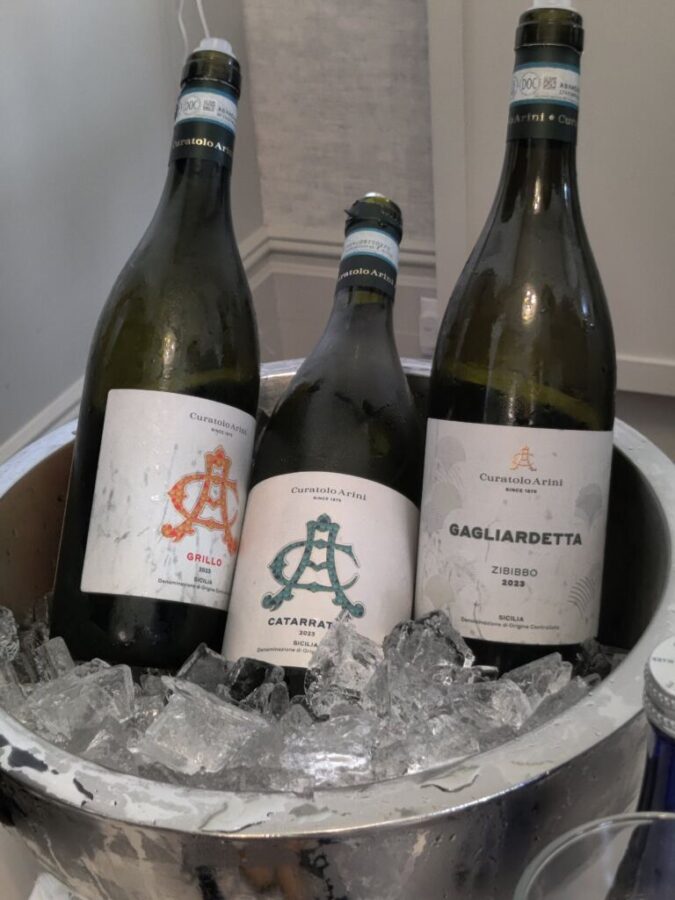
Curatolo Arini winery
Grillo, 2023
Zibibbo, Gargliardetta, 2023
Catarratto, 2023

Be First to Comment